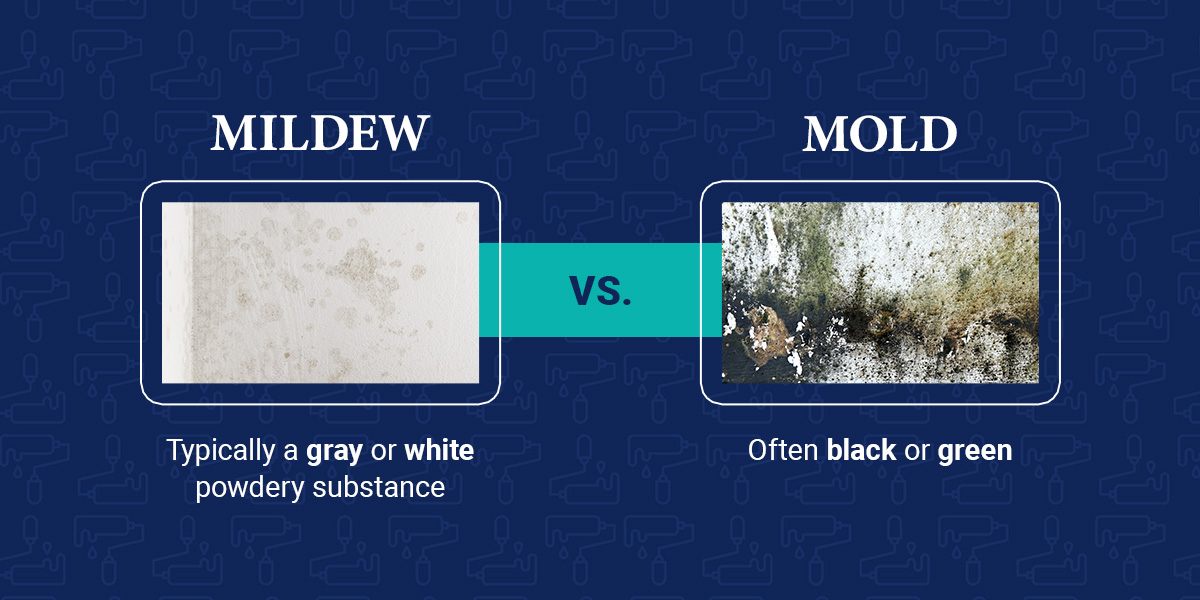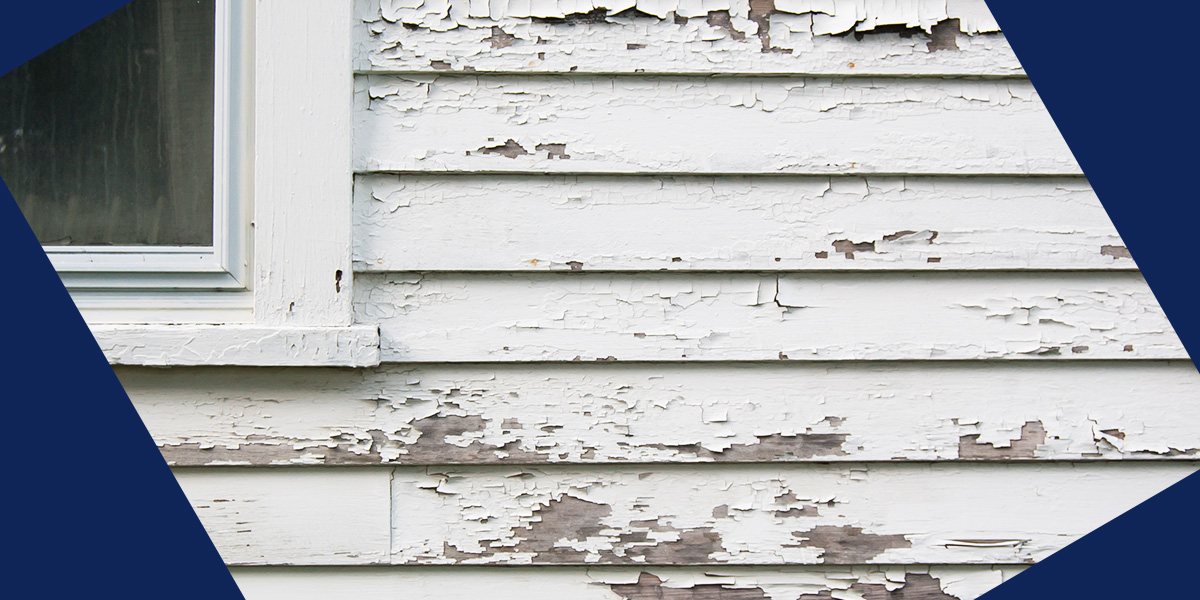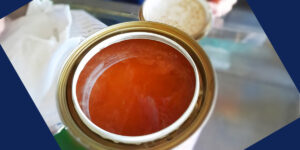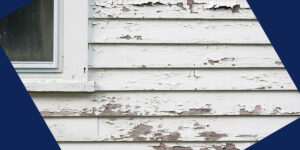Knowing when to repaint your house’s exterior is key to keeping your home looking — and performing — its best. Most homes benefit from exterior repainting every five to 10 years, depending on several factors, such as:
- Siding material: Wood siding naturally expands and contracts with temperature changes, putting more stress on the paint. Materials like fiber cement or vinyl are more stable, and their paint jobs often last longer.
- Previous paint quality: A professional job using premium paints makes a significant difference. These paints contain more durable binders and higher-quality pigments that actively resist cracking and UV degradation for longer than budget alternatives.
- Local climate: Humidity, heat and freeze-thaw cycles all influence the durability of your exterior paint.
The most reliable approach is to look for visible indicators of paint wear rather than relying on the calendar. These signs clearly show when your home is ready for renewed protection.
7 Telltale Signs It’s Time for an Exterior Repaint
Each of these conditions signals that exterior paint is reaching the end of its lifespan and that your home is ready for a fresh coat. Here are the top seven signs to look out for:
1. The Paint Is Cracking, Flaking or Peeling
Cracking, flaking or peeling paint indicates that the protective outer layer has weakened, compromising its ability to shield your home. This is a highly visible sign, and while it impacts curb appeal, the real concern is the exposed siding beneath. Once moisture gets behind the paint, it can saturate the siding, leading to rot, compromising your home’s insulation and even causing damage to interior walls. A fresh coat of paint restores a continuous, protective seal, preventing moisture intrusion and maintaining your home’s structural integrity.
2. You Notice Bubbling or Blistering
Bubbling or blistering paint manifests as raised pockets on the surface, frequently caused by heat or trapped moisture beneath the paint film. These imperfections detract from the appearance of your home and signal a loss of adhesion. With proper surface preparation, a professional repaint creates a smooth, uniform finish, ensuring lasting adhesion and preventing further moisture-related damage.
3. The Paint Color Appears Dull or Faded
Prolonged exposure to the sun’s UV rays breaks down the pigments in your exterior paint, causing the color to appear dull or faded over time. While this fading is primarily an aesthetic concern, it’s also an important indicator that the paint’s protective elements are deteriorating. As the pigments fade, the paint’s ability to shield your home from the elements diminishes, making a fresh coat essential for maintaining beauty and protection.
4. A Chalky Residue Wipes Off the Siding
If you notice a powdery substance that rubs off when you touch your siding, this is known as chalking. This occurs when the paint binder breaks down due to weathering, leaving the pigment behind as a chalky residue. This powder is the leftover paint pigment after the sun has broken down the protective binder. While it might seem minor, chalking indicates that the paint cannot provide adequate protection, leaving your home vulnerable to the elements.
5. There Are Signs of Mold or Mildew on the Paint

Keep an eye out for dark spots or fuzzy growth on your paint surface, particularly in shaded, damp areas. Mildew is typically a gray or white powdery substance, while mold is often black or green. When mold or mildew appears on paint, it means moisture is lingering on the surface, and the paint has lost its protective abilities. Addressing this promptly is essential to prevent further damage and maintain a healthy home environment.
6. The Wood Siding Shows Signs of Rot
For homes with wood siding, this is a critical warning. To check, gently poke a suspect area with a screwdriver. If the wood feels soft or spongy, rot has already set in. This is a serious issue caused by failing paint that has allowed moisture to penetrate and destroy the wood, requiring immediate attention to prevent costly structural repairs.
7. The Caulk Around Windows and Doors Is Cracked
Caulk is the waterproof seal for the most vulnerable gaps in your home’s exterior. Pay close attention to the seams where siding meets window frames, door frames and corner trim. If this caulk is brittle or has visible cracks, it creates a direct pathway for water to seep in behind your siding, leading to significant damage. When selecting caulk for these areas, it’s important to use a paintable acrylic, latex or urethane-modified caulk.
How Ohio’s Climate Impacts Your Exterior Paint
Homes in Dayton, Cincinnati and Columbus face various challenges when it comes to weather, such as:
- Warm, humid summers, with July reaching an average of 84ºF, can create ideal conditions for bubbling or blistering.
- Cold winters, with a staggering low of 20°F in January, bring repeated freezing and thawing, which stresses the paint film and siding.
- Frequent rain and snow add consistent moisture exposure, encouraging mildew and reducing paint longevity.
Navigating these conditions requires a deep understanding of modern paint formulations. A professional knows precisely when a flexible acrylic latex paint is best for handling temperature swings versus when a more durable oil-based primer might be needed for a specific challenge like stained wood. This expert product selection is key to a long-lasting finish.
Professional painters who understand these local conditions select the right products and application techniques to help exterior paint withstand Ohio’s four distinct seasons.
Protect Your Investment With a Professional Paint Job
Fresh exterior paint delivers more than increased curb appeal — it preserves your home’s structure, increases its value and provides a durable finish tailored to the local climate.
The Ohio Painting Company® provides expert exterior painting services throughout Dayton, Cincinnati and Columbus. With premium materials, precise preparation and craftsmanship designed for Ohio’s weather, every project is designed to last.
Renew your home’s protection and beauty today. Contact The Ohio Painting Company® for a free, no-obligation estimate and discover the difference a professional painting job makes.







